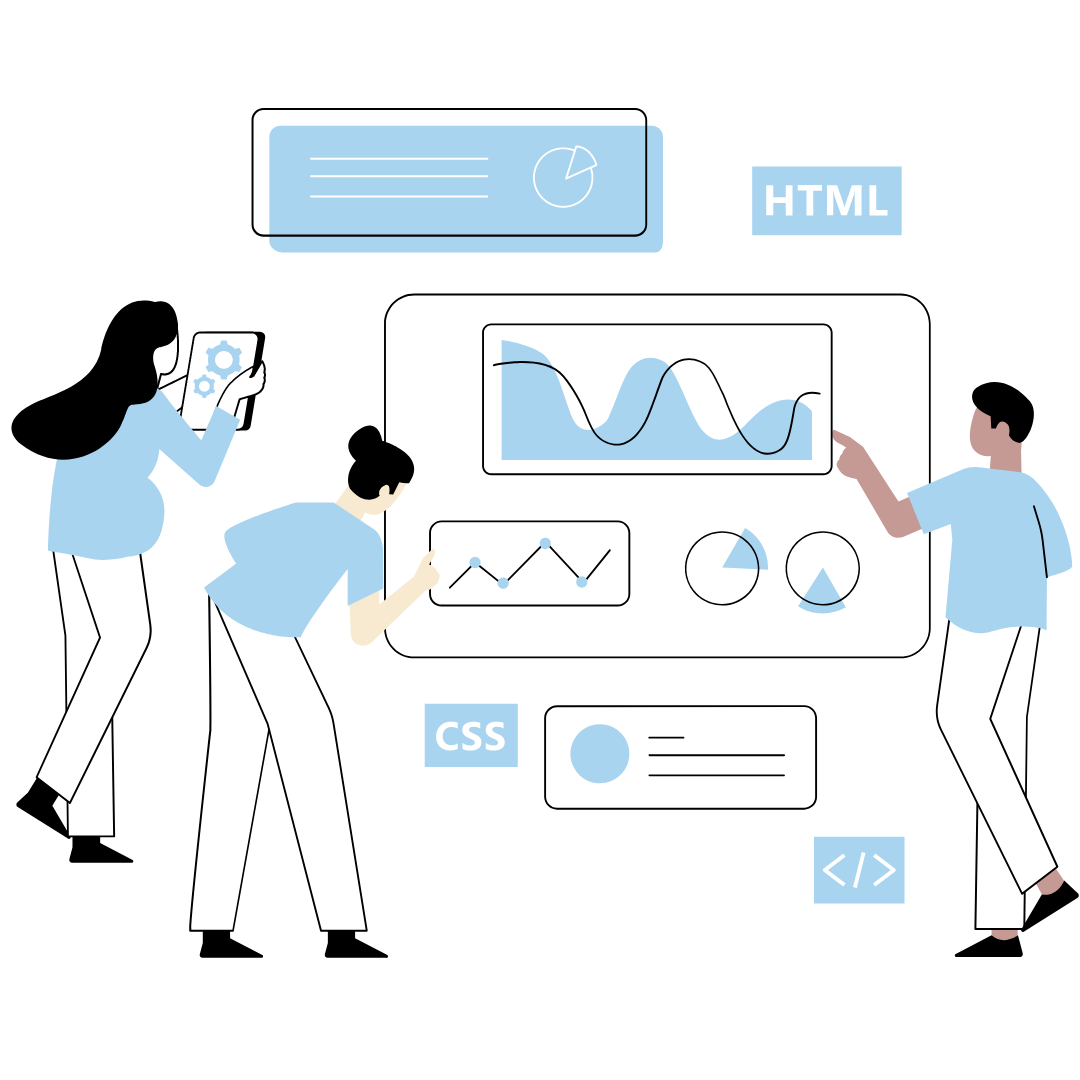
Why minimalism in UI/UX design?
Using minimalism in UI/UX design offers several advantages. Initially, minimalistic designs tend to be more visually pleasing. Users can concentrate on the interface's critical elements with reduced clutter and distractions. Secondly, minimalistic models are user-friendly, as they involve fewer elements to grasp and remember, leading to faster and more efficient task completion. Finally, minimalistic designs promote accessibility, benefiting users with disabilities who might struggle with complex or cluttered interfaces. Minimalist designs are generally more navigable and user-friendly for individuals with disabilities.
How to achieve minimalism in UI/UX design:
There are several ways to achieve minimalism in UI/UX design. Here are a few tips:
- ● Use whitespace effectively: Whitespace is the space between elements in a design. Whitespace can create a sense of balance and harmony in the design and highlight significant features.
- ● Use a limited color palette: A minimal color palette can contribute to a more coherent and integrated design. Choose colors that work together seamlessly and effectively convey the desired mood or atmosphere for your design.
- ● Use typography carefully: Typography involves the art and skill of arranging type. Opt for fonts that offer readability and harmonize with the overall design of your interface.
- ● Use icons and symbols: Icons and representations serve as concise representations of intricate ideas. Their usage can streamline your interface by diminishing the reliance on text and enhancing its visual appeal.
- ● Focus on the user:When designing your interface, keep the user in mind at all times. Ask yourself what the user needs to be able to do with the interface and what information is most important to them. Only include elements that are essential to the user experience.
Examples of minimalist UI/UX design
Here are a few examples of minimalist UI/UX design:
- ● Google: Google's search engine homepage exemplifies classic minimalism. It boasts a straightforward and uncluttered design, featuring only a handful of essential elements, including the search bar, the Google logo, and a few buttons. This simplicity enhances usability and visual attractiveness.
- ● Apple: Apple is renowned for its minimalist design ethos, exemplified by its products such as the iPhone. The iPhone's design is marked by its elegant simplicity, offering visual appeal and functionality. Furthermore its user interface is meticulously crafted to place a strong emphasis on simplicity and clarity, guaranteeing a user experience that is both effortless and intuitive.
- ● Spotify: Spotify, a music streaming service, boasts a minimalist UI/UX design. Its interface is clean and devoid of unnecessary elements, placing music at the forefront. Users can effortlessly discover and enjoy their desired music thanks to the interface's user-friendly design.